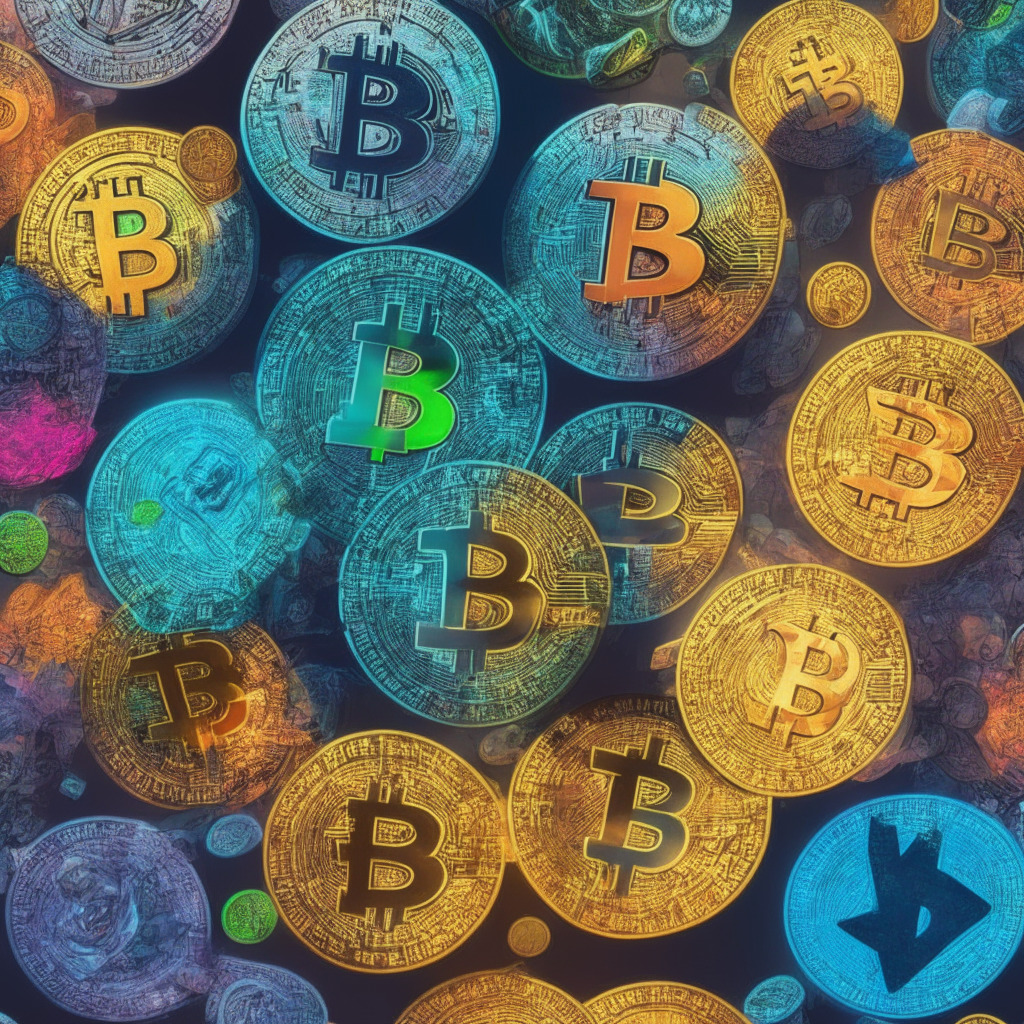Recently, the largest cryptocurrency exchange Binance confirmed their plans to wind down support for their stablecoin Binance USD (BUSD) by February 2024, in line with the prior announcement by Paxos, the stablecoin’s issuer. The goal here is to push a relatively new breed in the stablecoin market, the First Digital USD (FDUSD), which was launched in June by the Hong Kong-based trust company, First Digital Group. FDUSD debuted its listing on Binance in July, opening up a new avenue in the rapidly evolving stablecoin marketplace.
As part of this transition, Binance has been encouraging users to convert or trade their BUSD balances for FDUSD. The exchange also justified that they have made BUSD to FDUSD trades and conversions fee-free to facilitate a seamless transition. Additionally, they have implemented strategies like a zero-fee trading pair for FDUSD with popular cryptocurrencies such as Bitcoin and Ether, in order to further popularize the use of FDUSD.
On the other hand, it’s worth noting that the ceasing support for BUSD is a decision influenced by a regulatory notice issued by the United States Securities and Exchange Commission (SEC) to Paxos. The SEC alleged that BUSD was an unregistered security, following which the New York Department of Financial Services ordered Paxos to halt the issuance of BUSD.
While the introduction of a new stablecoin can be seen as a positive progression in the crypto market, the backdrop of regulatory concerns could potentially give rise to hesitations amongst crypto enthusiasts and investors. There’s a clear need for more transparency and understanding of these regulations to ensure users are able to make informed decisions regarding their crypto assets. Moreover, the success of this new stablecoin FDUSD heavily depends on how well it’s accepted and adopted within the crypto community.
In a broader context, this development could potentially affect the crypto market’s trend and dynamics. As Binance USD was a significant player in the stablecoin market, it will be crucial to monitor how the vacuum is filled by FDUSD and what impact this will have on the crypto markets overall. Are the risks worth taking for an increased diversity in the stablecoin market? Or are we heading towards a future where volatility in cryptocurrencies has increased due to the overabundance of options? Only time will tell.
Source: Cointelegraph




